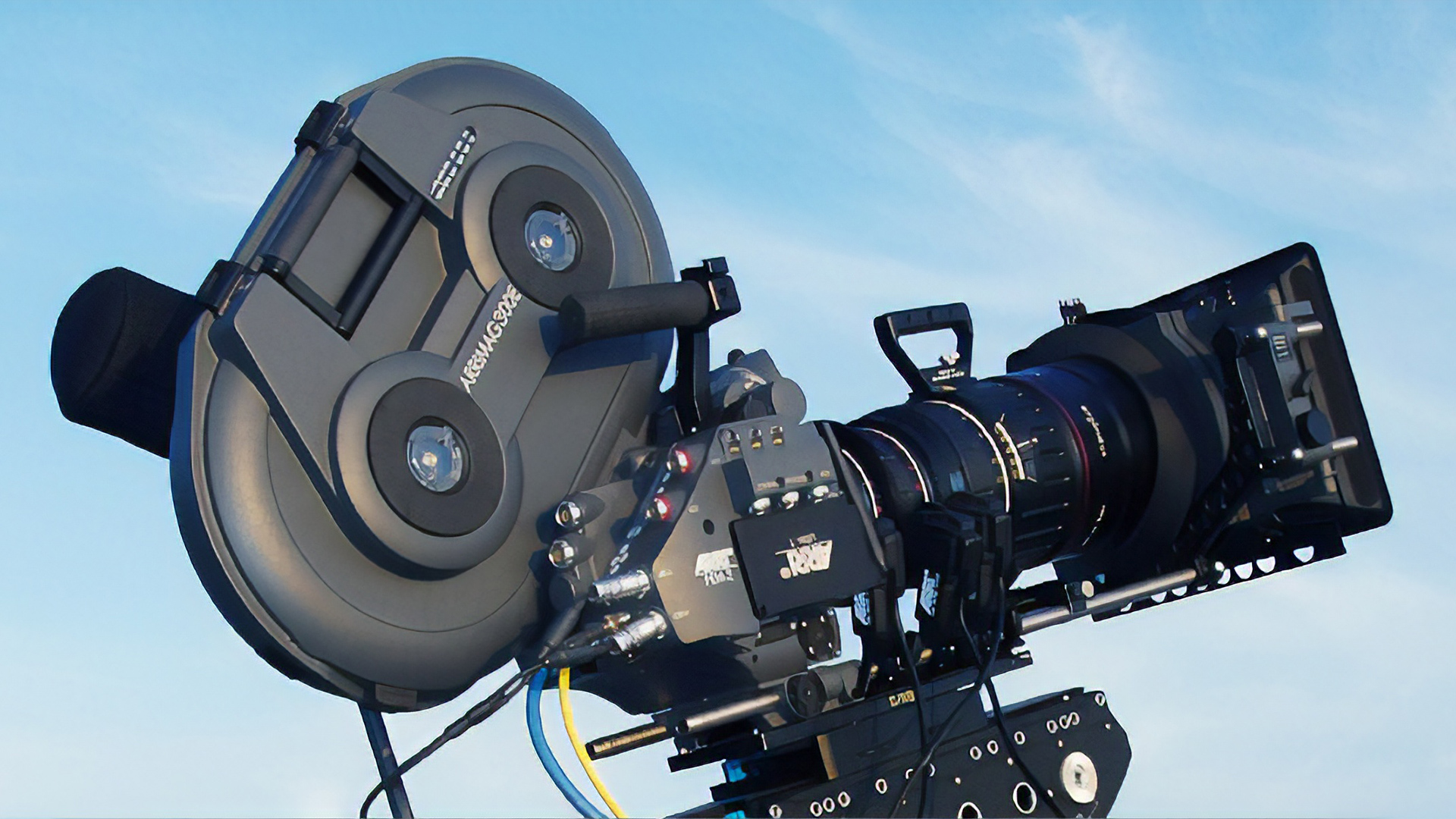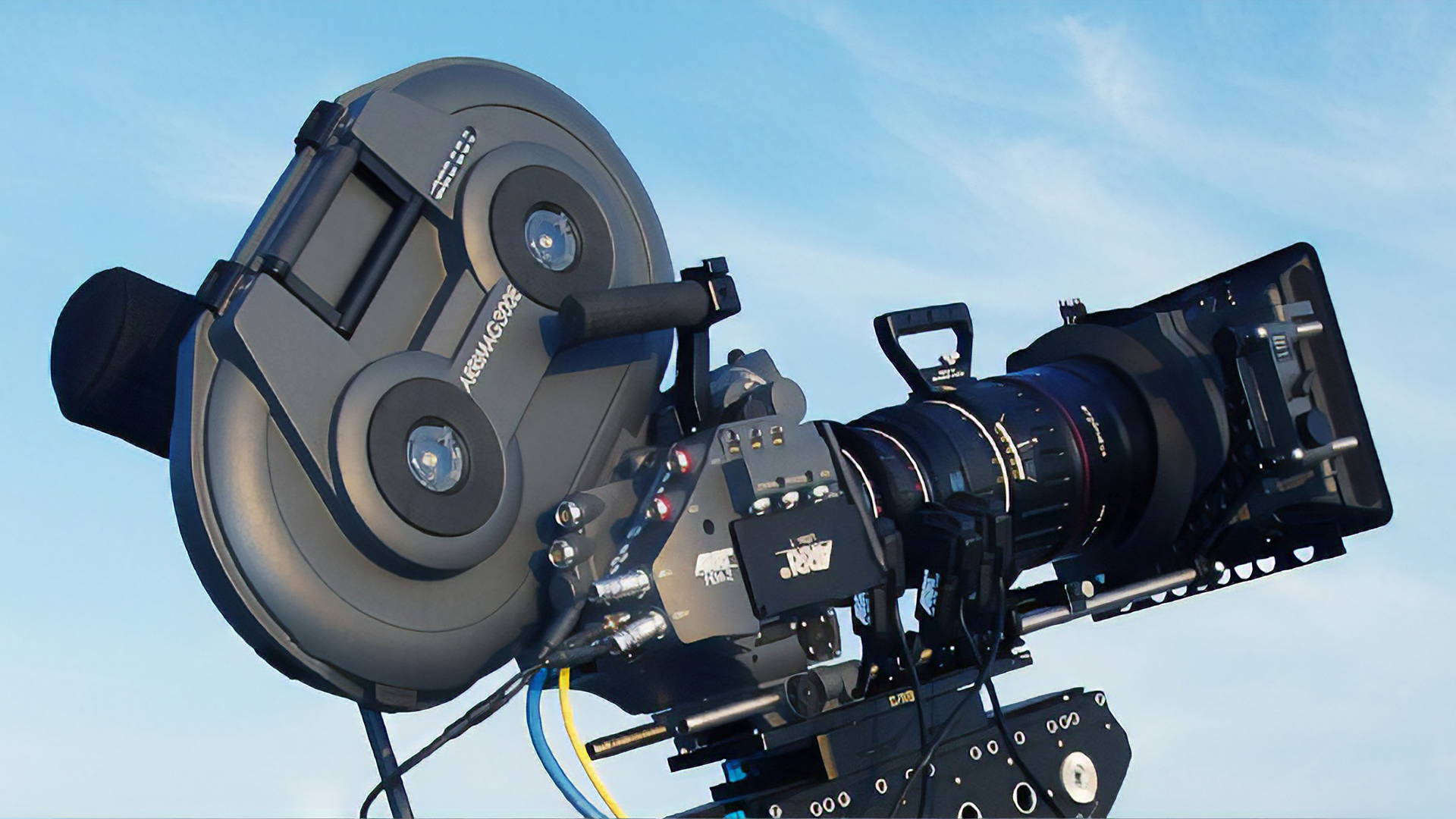

It doesn't matter what gear you have, the camera won't make your footage look film like, even if you use a 35mm film camera. Phil Rhodes sheds some very pointed light on the reasons why.
A few weeks ago, my esteemed colleague Mr Denning published a piece extolling the virtues of photochemical origination and yes, there's no getting away from the truth of that. It's been said a lot, but most of that infatuation is down to habituation: most people still grew up watching at least partially film-originated material, and there's a near century-long back catalogue of spectacular productions which make their own testament to the way they were made. The why barely matters, though. For whatever reason, Roland is absolutely right: the look of those productions is a target for emulation in the minds of many.
The problem is, I’m not sure that shooting film is either a sufficient condition, nor an essential condition, to achieving what people actually want. The desired result is to do with a lot of things other than just film.
Let’s deal with those things in order.
It’s hardly controversial to say that just shooting film isn’t enough to make a production look great. With that in mind, there’s an amusing experiment to do here next time you’ve a fifty-foot short end and five minutes to spare. This works best if you've a well-maintained film camera, loaded with the best modern stocks and using the best lenses, then have the material processed and transferred at the best facilities. Assuming we hold it in focus, filter and expose appropriately for the lighting conditions and generally do a proper technical job, if we otherwise just wander outside in public and shoot casually with it in the way people shoot with a cellphone, the results tend to look disarmingly like… a 1970s holiday movie.
Because that’s what we’re habituated to: film shot casually in unstructured circumstances doesn’t look like a multimillion dollar action movie. It looks like your dad or grandad’s super-8 memoirs with the embarrassing trousers, from about 1975, even if stabler and higher resolution. Yes, of course, unstructured circumstances are not how most people shoot film for narrative drama, and yes, film is capable of great and wonderful things, but nobody’s claiming it automatically makes everything look great. In some cases it can end up making a cheap 2019 film look like a cheap 1975 film. A cheap show still looks cheap.
There were plenty of uninteresting-looking shows shot during the twentieth century when the choices were film or video at a time when video often looked... well... pretty bad. Anyone aiming for more than that might go for film and be happy with pictures that looked, well, better than that terrible video, but weren’t anything particularly memorable in themselves.
So film is certainly not enough. Is it even necessary?
This is where things become controversial, because we have to discuss what people actually want when they get a camera out. What people generally want, at every level from the school A/V club upward, is for their production to look legitimate, like a professionally-produced feature film. It's not particularly clear that most people particularly want their productions to look like film; most of them would be entirely happy for them to look like – say – Blade Runner 2049. People want their productions to not look cheap. Productions shot on digital systems can clearly avoid looking cheap and certainly do have that legitimacy.
So, let’s agree that what we’re talking about is not particularly an issue of imaging, but one of legitimacy in the eyes of the audience, in which imaging plays a part. We can probably also agree that the issue is not so much film look in terms of photochemical film, but film look in terms of looking like a feature film. That’s an issue of locations, casting, set dressing, costume, lighting, framing, lens choice, camera movement, props, physical effects, weather and even the choice of time of day, none of which have changed a jot since the widespread adoption of digital imaging. That’s what makes a film look like a film, for some value of “film.”
On a personal level, and to forestall the inevitable storm of criticism, I am not blind to the differences between film and digital imaging. Some of those differences are objectively faults, of course, things like dirt, scratches, weave and grain, though this is not a technical analysis and I’m not going to rely on that sort of thinking to make my point. Just as Roland said, people like film for the same reason they like burnt, crispy bits on their sausages. It adds flavour.
But the term “film look” is often, I think, misinterpreted. It’s not about a technology, it’s about the whole of the artform, and without wanting to disagree with most of Roland’s thesis, it’s easy to become fixated on camera technology to the exclusion of other things which are at least as important.
Tags: Production


Comments